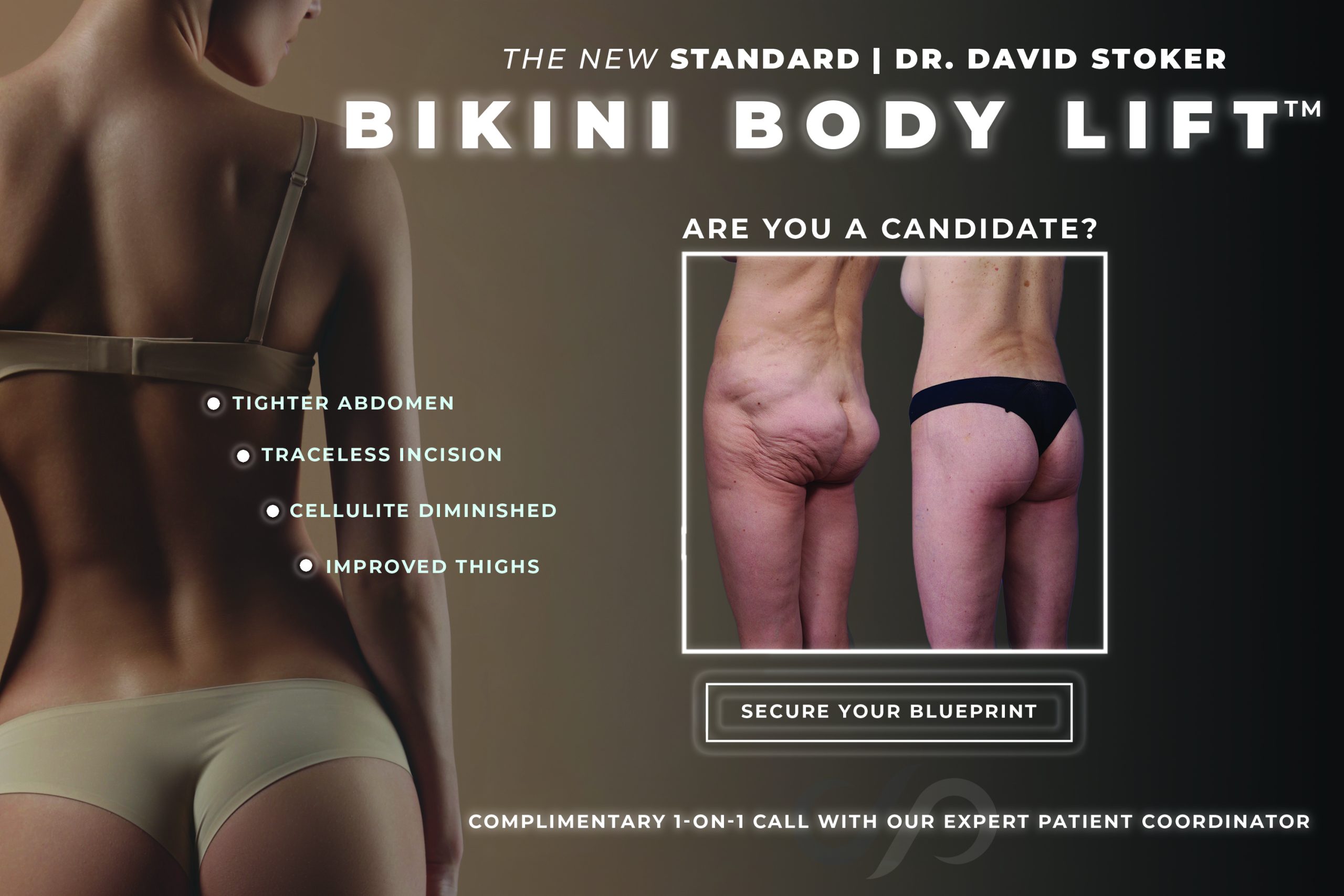
A majority of the women I see for breast augmentation in my Los Angeles practice lead active lives. It’s simply part of our culture–Angelenos love to be outdoors and on the move. After surgery, these patients often find it challenging to slow down, take some time away from their favorite activities, and allow their bodies to heal. I certainly understand their restlessness and, as a physician, I love to see people enjoying healthy activities. But in this blog post, I want to break down the importance of rest after surgery–and the recovery timeline you can expect. Keep in mind that these are merely general guidelines. Your own post-surgery timeline may vary a bit depending on the scope of your procedure.
In the immediate hours and days after your surgery, you’ll likely want to lie low. As anesthesia wears off and your prescription painkillers do their jobs, you’ll likely feel a bit groggy and out of it. However, it’s important to move around the house a few times a day. This prevents blood clots from forming and regular, light movement aids in the healing process and can help you feel better, too.
Within 3 to 5 days after surgery, most patients feel comfortable getting back to most of their daily activities. This is the point when many people return to work, errands, and other daily obligations. You may find that you’re a bit quick to tire in these first few days. That’s normal, and as you get back into the swing of things you’ll likely start feeling more like your old self. It’s important not to drive a car if you’re still taking prescription pain medication. However, by day 5 most patients have completely transitioned to over-the-counter products.
At the 2-week mark, it’s typically considered safe to return to moderate physical activity. This includes light-impact cardio, yoga, and using the elliptical machine or stationary bike. During this time, it’s best to stick to exercises that primarily work your lower body. After 2 weeks, your breast tissue may not be fully healed. Upper-body exercise can disrupt this process.
The 4-week mark is when activity starts to pick up. Now is the time when most patients can return to high-impact cardio and other strenuous lower-body exercises. This includes running (with the help of a supportive, well-fitting sports bra). If you feel discomfort at any point, ease up and try again in a few days. Recuperation after surgery is not the time to physically push yourself. It’s best to ease back into these activities, since you may have lost some stamina while you recuperated.
After 8 weeks, you may safely return to your full range of activities, including upper-body strength training.
Throughout all stages of your recuperation, the most important guideline I can offer is to listen to your body. If you’re experiencing swelling, discomfort, or any other concerning symptom, stop and wait a few days before attempting it again. By following your doctor’s instructions and paying attention to your body’s signals, you can do your part to give yourself beautiful, healthy results that last.


Leave a Reply